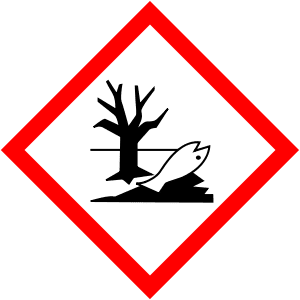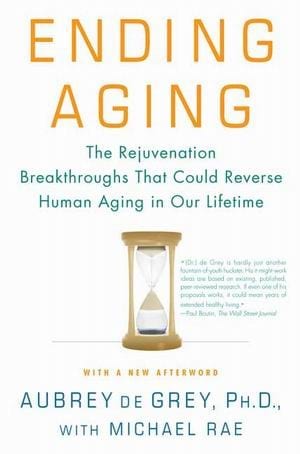Could reduce the number of fish needed to test the toxicity of a range of chemicals
A new way of testing the safety of natural and synthetic chemicals has been developed by scientists with funding from the Biotechnology and Biological Sciences Research Council (BBSRC). Their research, published June 30 in the journal Ecotoxicology, could reduce the number of fish needed to test the toxicity of a range of chemicals including pharmaceuticals and environmental pollutants.
The researchers, led by Professor Awadhesh Jha of Plymouth University, have managed to coax cells from the liver of a rainbow trout to form a ball-shaped structure called a spheroid in a petri dish. This ball of cells behaves much more like normal animal tissue than cells grown in traditional ways in the lab and so can give researchers a more accurate picture of how an animal’s body would respond to a chemical in the environment.
Fish are used to test whether both new and existing chemicals like pharmaceuticals can damage wildlife or the environment. Because a large number of spheroids can be produced from a single fish the use of this technique could mean less fish are needed to do these tests.
Professor Jha explains, “This is a real breakthrough in our efforts to reduce the numbers of fish needed for toxicology testing. It is very important for the health of people, wildlife and whole ecosystems that we understand the effect of chemicals, both natural and humanmade, in the environment, but we must strive to avoid the use of animals wherever possible.”
via Science Daily
The Latest Streaming News: testing chemical safety updated minute-by-minute










